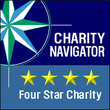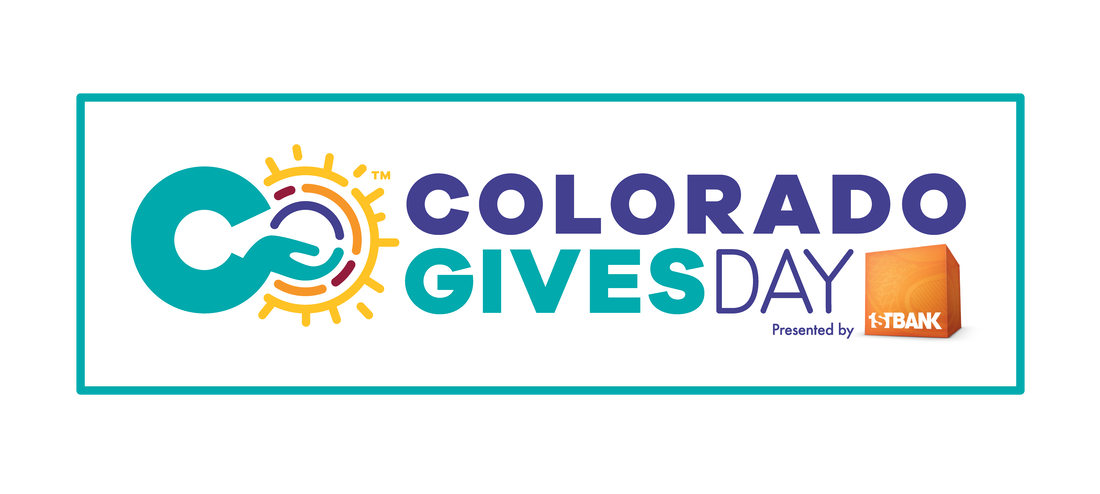|
For some time now, organizations and institutions - like Aging Resources of Douglas County - that serve older adults have been examining with the issue of social isolation.
In recent years, social isolation has gained recognition as a public health concern. We know that social connection improves our sense of well-being and is linked to both maintained cognitive function and improved health outcomes. Studies consistently demonstrate that, conversely, the negative ramifications of social isolation are comparable to the health risks associated with high blood pressure, physical inactivity, and smoking. One study by the A.A.R.P. and Stanford University has found that social isolation adds nearly 7 billion dollars a year to the total cost of Medicare. The pandemic has complicated this already tricky situation, giving rise to a problem called the COVID-19 Social Connectivity Paradox. The idea is that the same actions and strategies that folks have undertaken to reduce the risks of COVID-19 exposure – staying at home, physical distancing, etc. – simultaneously increase the risk of social isolation and disconnectedness. So, what’s to be done? Members of the social services network supporting older adults are experimenting with a variety of innovative solutions and technologies to help mitigate social isolation. In some states, aging departments have distributed “Joy for All” robot pets. These cuddly companions are making a difference – a study last year found that older adults who engaged with their new pet for two months reported feeling a greater sense of purpose and more optimistic. Other social robots being tested with older adults include EllieQ and Jibo. You can read more about those in this interesting article from the New Yorker. Here at Aging Resources, we’re trying out new programs, too. We continue to explore how to best fit our companionship services to the present moment and to your needs. We now offer hybrid companionship programming. If you and your companion are both vaccinated and are comfortable meeting in person, great! If a more virtual model seems better right now, we’re more than happy to provide you with a device that allows you to connect with your companion, family, and friends remotely. We’ll also provide personalized training to make sure you’re getting the most out of your device. Technology training is also available from our good friends at Douglas County Libraries. We want to hear from you. What strategies do you use to deal with loneliness? Have you found any technologies especially useful? Is there more that we could be doing to help older adults stay connected and socially engaged? Share your thoughts in the comments, and thanks for reading! Sources: Engelhart, Katie. “What Robots Can—and Can’t—Do for the Old and Lonely,” The New Yorker, May 24, 2021. Smith, Matthew, Steinman, Lesley, and Casey, E.A. “Combatting Social Isolation Among Older Adults in a Time of Physical Distancing: The COVID-19 Social Connectivity Paradox,” Frontiers in Public Health, 8.403.
0 Comments
We continue our Share Your Story series with a conversation with supporter Paula Conger. Paula and her husband Jeremy recently became the first individual donors to top $100,000 in giving to Aging Resources - we could not be more grateful for their extraordinary support. Recently, we sat down with Paula to discuss her connection to the organization, the future of Aging Resources, and the challenges and opportunities facing today's (and tomorrow's) older adults.
Aging Resources (AR): How did your relationship with Aging Resources start? Paula Conger (PC): I was looking for a volunteer opportunity and I want to say it was nine years ago that I found [Aging Resources Executive Director] Karie, when she was still in an office that only had 2 cubicles. Over time, we kept brainstorming, and networking, and finding that we needed to recruit more volunteers. We were soon getting so many clients that the organization needed to hire more staff and from then on it grew exponentially. AR: What attracted you to Aging Resources’ mission in the first place? PC: I’ve always had a heart for seniors, I just feel called to help them in any way I can. And then I met Karie, and she’s exactly the same, and then we met other volunteers, and it just built upon itself. AR: What made you decide to make your first gift to the organization? PC: That was a no brainer. My husband and I feel called to give – the first year when it was time to decide where our giving would go, it was immediately apparent to us that so much good could be done with our gift to Neighbor Network. We know that the organization spends the money wisely - Karie and the staff are so resourceful. We feel like every penny we give is stretched as far as it can go. When I started, Aging Resources didn’t have even a single vehicle, and now there’s a fleet! The staff and volunteer growth – that’s just been thrilling to see. AR: What motivates you to stay involved? PC: Selfishly, I get a lot of joy out of it. I’ve heard a saying that if you do all you can to bring others happiness, you will be the happiest person you can be. That is so appropriate to Neighbor Network. The more we give, the more we get back, in spades. It’s not our goal to get back, but we do. It really makes our hearts feel good. AR: Is there an aspect of our programming that you particularly connect with? PC: Well, I’m in a unique position in that I am a client of Neighbor Network. I have to use oxygen, I have to use a wheelchair outside the home, so for many years people have been helping me with rides to doctor’s appointments or to special appointments and activities. I also have had the unique opportunity to serve as a volunteer, as well – like when I served as the organization’s board chair. It’s just such a worthy cause. AR: What excites you about the organization’s future? PC: The fact that there’s a Parker office – I can envision that Parker will need everything the Castle Rock office has. And who knows where else – what other locations might be needed. And then there’s the potential kitchen and meal delivery project. Well, cooking meals for myself can be a challenge – I’d love to see some good meals come out of an Aging Resources Kitchen. AR: If you could send a message to other Aging Resources supporters, what would you say? PC: They say it takes a village to raise a child. But it takes a community of caring volunteers and advocates to give older adults the life that they deserve, that they’ve earned. We all have a responsibility to do so, because they’ve given their lives for all of us. AR: Is there anything you wish everyone knew about AR or the older adult population? PC: I wish everyone knew how rapidly our country is aging – the statistics bear out that we’re all going to need an Aging Resources before we know it. And one thing that I want to point out is that the pandemic really brought this to the fore – older adults without resources can struggle with “failure to thrive” – being isolated, without socialization, with unmet needs – this can be fatal. The pandemic brought into the open just how much our seniors need us, and how much we miss them, as well. We miss the love and joy and laughter of our parents and elderly friends and family. I love to the see the videos where grandparents finally get to see their grandchildren after a year, a year and half – that seems to bring so much joy to everyone. If we could bottle that up, I think that could change the world. AR: Thank you so much. Is there anything else you’d like to share? PC: There’s such a dynamic group of people now at Aging Resources that I can see endless opportunities for it to grow. Everyone is gifted in a particular way that just makes them perfectly suited for the tasks they’re doing. They all seem so kind and warm – I bet the older adults love them. |
AuthorsBlogs are written by ARDC staff members Archives
January 2024
Categories |
Aging Resources of Douglas County 104 Fourth Street, Castle Rock, CO 80104 303-814-4300 [email protected]
©2023 Aging Resources of Douglas County | Help for Senior Citizens | Sitemap XML
All public documents will be available upon request.
©2023 Aging Resources of Douglas County | Help for Senior Citizens | Sitemap XML
All public documents will be available upon request.



 RSS Feed
RSS Feed



